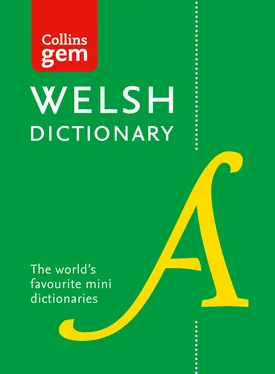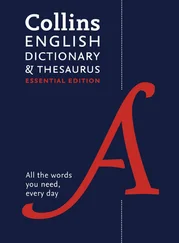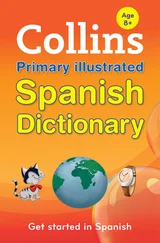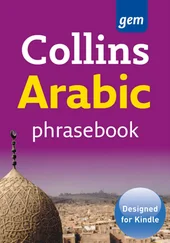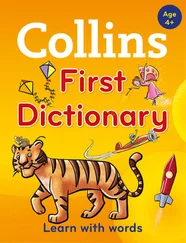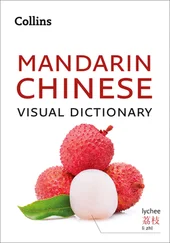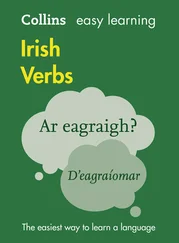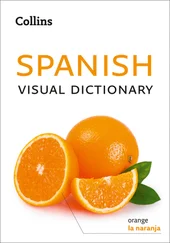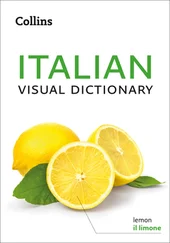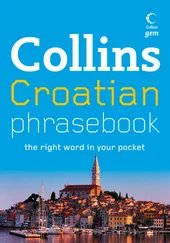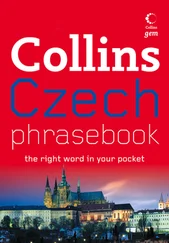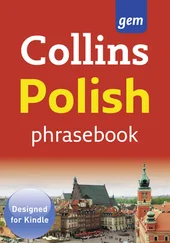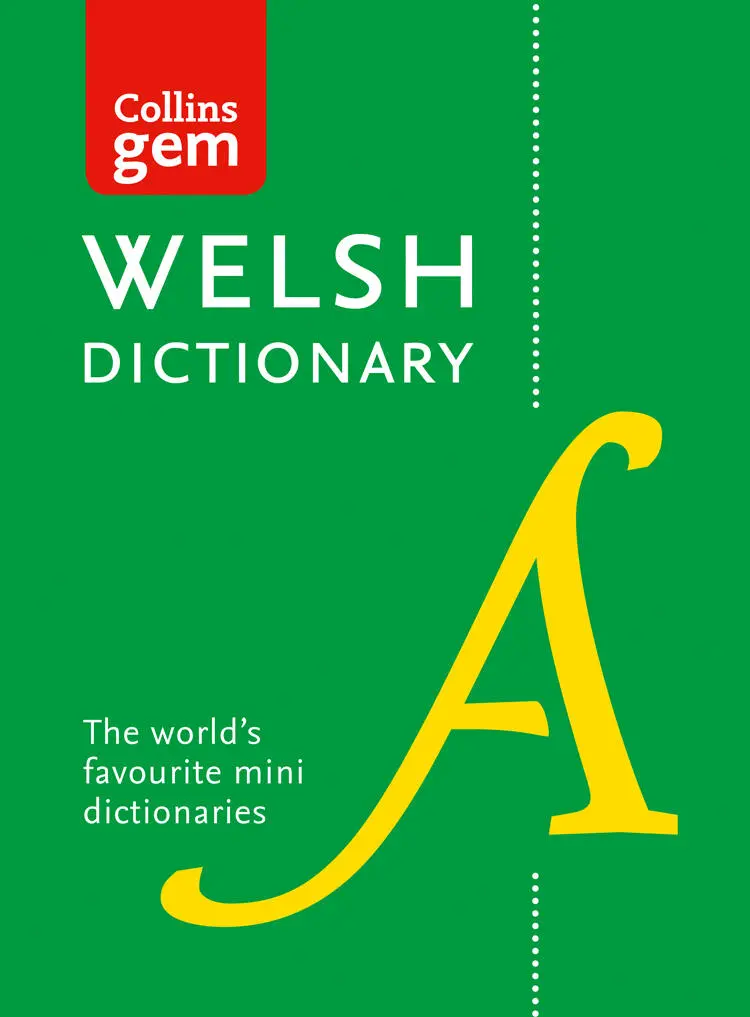
COPYRIGHT
Published by Collins
An imprint of HarperCollins Publishers
Westerhill Road
Bishopbriggs
Glasgow G64 2QT
Fourth Edition 2017
© HarperCollins Publishers 1992, 2006, 2009, 2017
Collins® is a registered trademark of HarperCollins Publishers Limited
www.collinsdictionary.com
Typeset by Sharon McTeir
All rights reserved under International and Pan-American Copyright Conventions. By payment of the required fees, you have been granted the non-exclusive, non-transferable right to access and read the text of this e-book on screen. No part of this text may be reproduced, transmitted, downloaded, decompiled, reverse engineered, or stored in or introduced into any information storage and retrieval system, in any form or by any means, whether electronic or mechanical, now known or hereinafter invented, without the express written permission of HarperCollins.
Entered words that we have reason to believe constitute trademarks have been designated as such. However, neither the presence nor absence of such designation should be regarded as affecting the legal status of any trademark.
The contents of this publication are believed correct at the time of creation. Nevertheless, the Publisher can accept no responsibility for errors or omissions, changes in the detail given or for any expense or loss thereby caused.
HarperCollins does not warrant that any website mentioned in this title will be provided uninterrupted, that any website will be error-free, that defects will be corrected, or that the website or the server that makes it available are free of viruses or bugs. For full terms and conditions please refer to the site terms provided on the website.
If you would like to comment on any aspect of this book, please contact us at the given address or online.
E-mail:
dictionaries@harpercollins.co.uk
facebook.com/collinsdictionary
@collinsdict
Acknowledgements
We would like to thank those authors and publishers who kindly gave permission for copyright material to be used in the Collins Corpus. We would also like to thank Times Newspapers Ltd for providing valuable data.
E-book Edition © July 2017
ISBN 9780008204327
Version: 2017-06-22
CONTENTS
Cover
Title Page
Copyright
Introduction
Notes on the pronunciation of Welsh
Mutations
Abbreviations
WELSH-ENGLISH
Communicating in Welsh
ENGLISH-WELSH
About the Publisher
INTRODUCTION
The first Spurrell Welsh-English dictionary appeared in 1848 published by William Spurrell (1813–89) the Carmarthen printer and publisher. One of his sons, Walter Spurrell (1858–1934), joined his father in the business and the family firm published a series of distinguished Welsh-English, English-Welsh dictionaries and influential Welsh grammars during the latter part of the nineteenth century and the first half of the last century. William Spurrell was advised by and well-acquainted with Daniel Silvan Evans (1818–1903), one of the father figures of Welsh lexicography, sometime lecturer in Welsh at St David’s University College, Lampeter and the first professor of Welsh to be appointed by the University of Wales.
The Collins-Spurrell Welsh Dictionary was first published in 1960 and quickly became an essential tool of general reference for Welsh learners as well as those anxious to interpret literature. It was edited by Henry Lewis, Professor of Welsh Language and Literature at University College, Swansea, with valuable contributions from the staff of the Department of Welsh Language and Literature at St David’s University College, Lampeter.
D A THORNE
NOTES ON THE PRONUNCIATION OF WELSH
VOWELS
They are sounded, long or short, as the vowels in the English words given below.
| A |
|
p a lm, p a t. |
| E |
|
g a te (without diphthongization), g e t. |
| I |
|
f ee t, f i t. |
| O |
|
m o re, n o t. |
| U |
(1) |
North Wales: like French u or German ü without rounding lips. |
|
(2) |
South Wales: as I. |
| W |
|
c oo l, f u ll. |
| Y |
(1) |
In monosyllables generally, and in final syllables, as U (the ‘clear’ sound). |
|
(2) |
In all but final syllables, and in y, yr(the), fy(my), dy(thy), yn, yng, ym(in), the adverbial yn, the preverbal and relative particle y, yr( y’m, y’thetc), syr(sir), nyrs(nurse), as English f u n, (the ‘obscure’ sound). |
DIPHTHONGS
| 1 |
Falling diphthongs, in which the second sound is consonantal: the two vowels have the sound noted above: ae, oe, ai, oi, the diphthong eias English by , aw, ew, iw, ow, uw, ŵy, yw. |
| 2 |
Rising diphthongs, in which the first sound is consonantal: ia, ie, io, iw, iy, (‘obscure’ y); wa, we, wi, wo, wy, (‘clear’ y), wy, (‘obscure’ y). |
CONSONANTS
Only those which differ from English need to be noted.
| CH |
(following C in the alphabet), as Scottish lo ch . |
| DD |
(following D in the alphabet), as th in English th is, brea th e. |
| F |
as English v . |
| FF |
as English f . |
| G |
always as in English g o. |
| NG |
(following G in the alphabet), as in English si ng . |
|
In some words (e.g. dangos), however, it is sounded ng-g , as in English lo ng er. Alphabetically this follows after N. |
| LL |
produced by placing the tongue to pronounce l , then emitting breath without voice. |
| PH |
(following P in the alphabet), as English f . |
| TH |
always as th in English th in. |
ACCENT
Welsh words are generally accented on the last syllable but one. There are certain exceptions:
| 1 |
The reduplicated personal pronouns myfi, tydi, efe, efô, hyhi, nyni, chwychwi, hwynt-hwy, accented on the final syllable. |
| 2 |
Verbs in -(h)au, -(h)oi, -eu, accented on the final syllable. |
| 3 |
A few dissyllabic words beginning y+ consonant, accented on the final syllable. |
| 4 |
Certain polysyllabic words with a diphthong resulting in contraction in the final syllable, such as Cymraeg. |
| 5 |
Some borrowed words accented as in the language of origin, generally English. |
MUTATIONS
Mutations, or letter changes, can occur at the beginning of Welsh words. Mutations are caused by the preceding word. There are three different mutations:
Читать дальше
